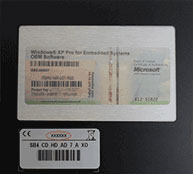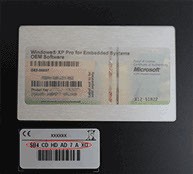It’s undeniable that capacitive touchscreens have become a large part of everyday life.
From the smartphone you use to the computers you operate at your workplace, all of it designed to make doing certain tasks easier.
And with the way technology is advancing in a fast pace, consumers can look forward to more improvements.
The Evolution of Touchscreen
Modern technology has come a long way from the first finger-driven touchscreen invented by E.A. Johnson in 1965.
Before, touchscreen applications were almost solely dedicated to computers but now, there a plethora of devices that use the technology. Smartphones and computer monitors are good examples.
However, the market offers even more options in the form of tablets, eBook readers, portable game devices, and automobile/GPS navigators. Now, touchscreens are not just used for practical applications but for entertainment as well.
Advancement Through Capacitive Touchscreens
When touchscreens were introduced, it was clear that they were not perfect due to many limitations.
In an effort to resolve such issues, the first capacitive touchscreen was developed. With multi-touch and gesture support capabilities, using touchscreens have never been more convenient.
Capacitive screens work through electronic sensors that react to natural electric currents from the human body. The result is faster reaction time, greater ease of use and better accessibility.
Solving the Problem of False Touches
With its many benefits, touchscreens also come with some drawbacks like false touches.
False touches happen when something comes in contact with the screen or an internal error makes the device react not in the way intended. However, new techniques are being utilized to solve this.
For instance, false touch detection solutions that control the speed of which touches are recognized and better auxiliary sensor interfaces that detect tiny movements are being used in new devices.
Even waterproofing features help reduce instances of false touches that occur due to a device being subjected to water.
Sources:
Touchy Subject: Touchscreen Technology Bringing the World to Our Fingertips, Computer Science Zone
Touchscreens: Future Technology Goes Beyond the Glass, E&T


